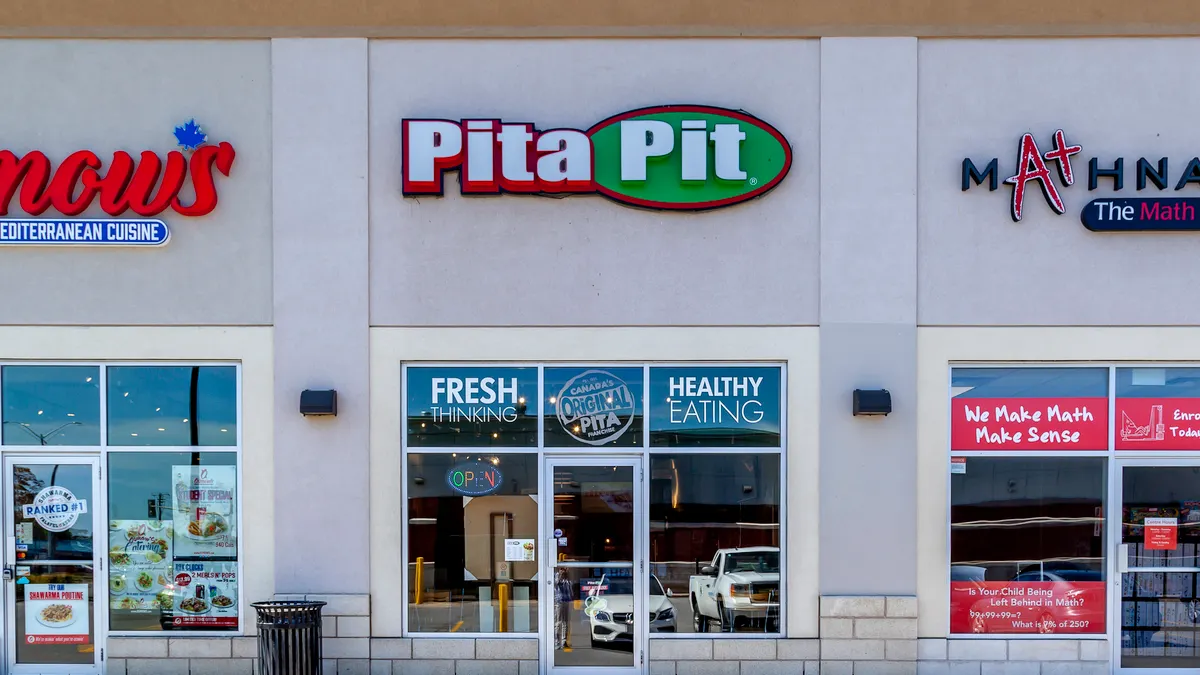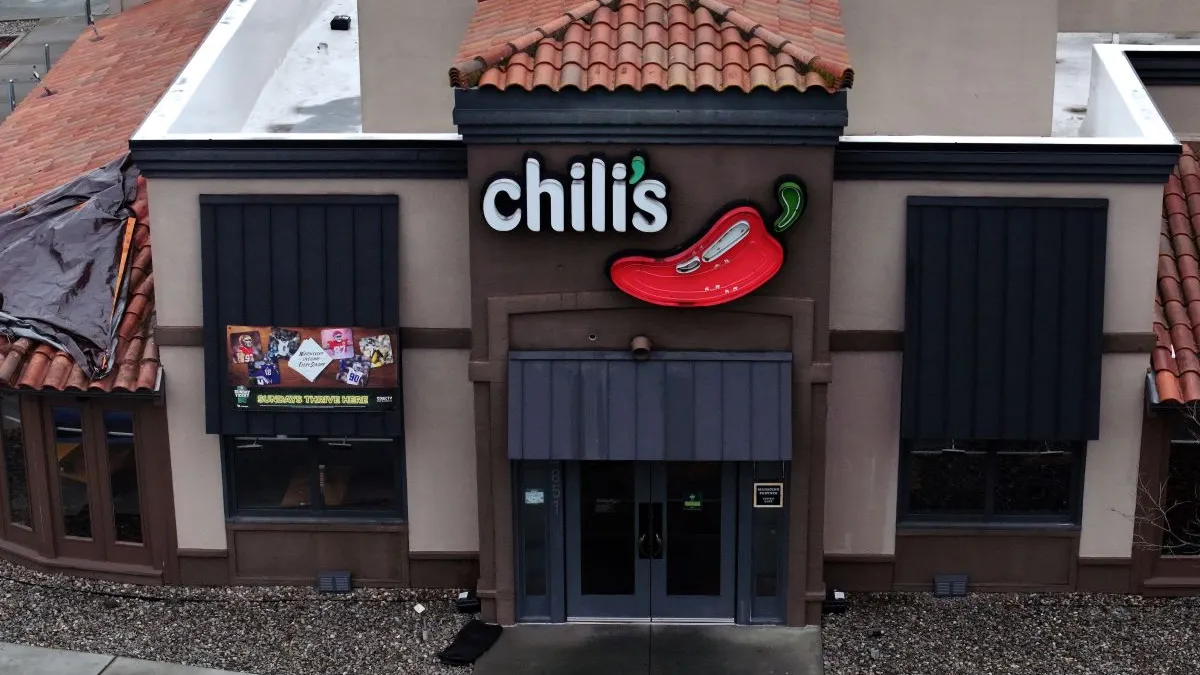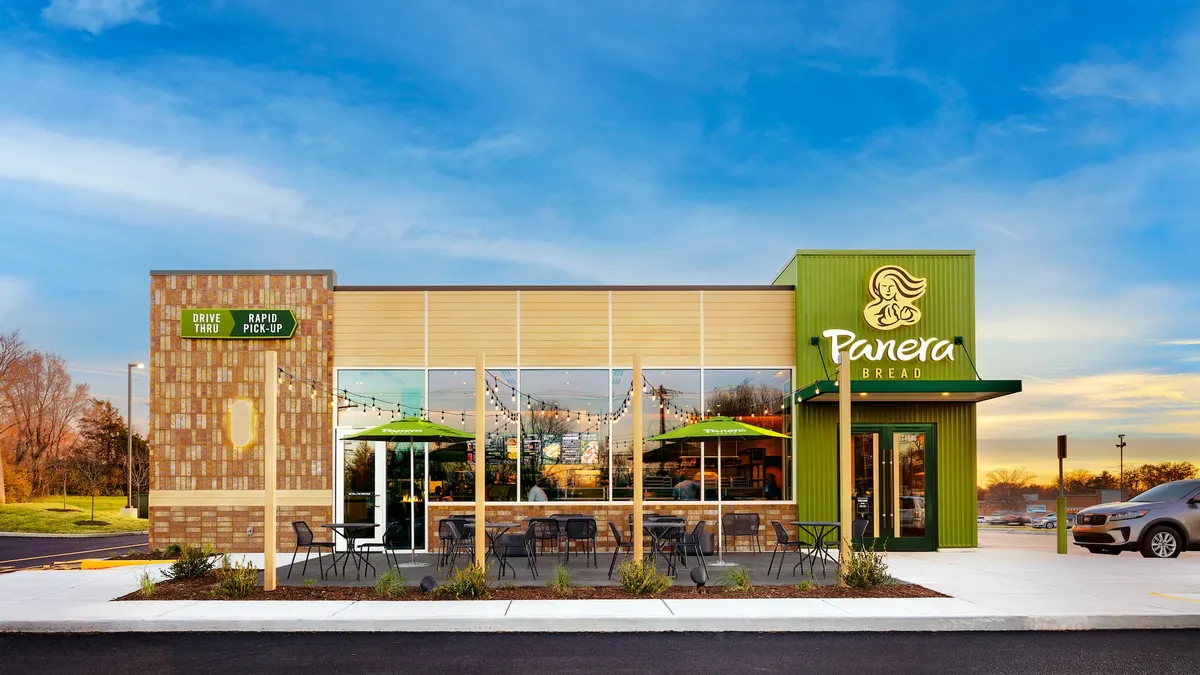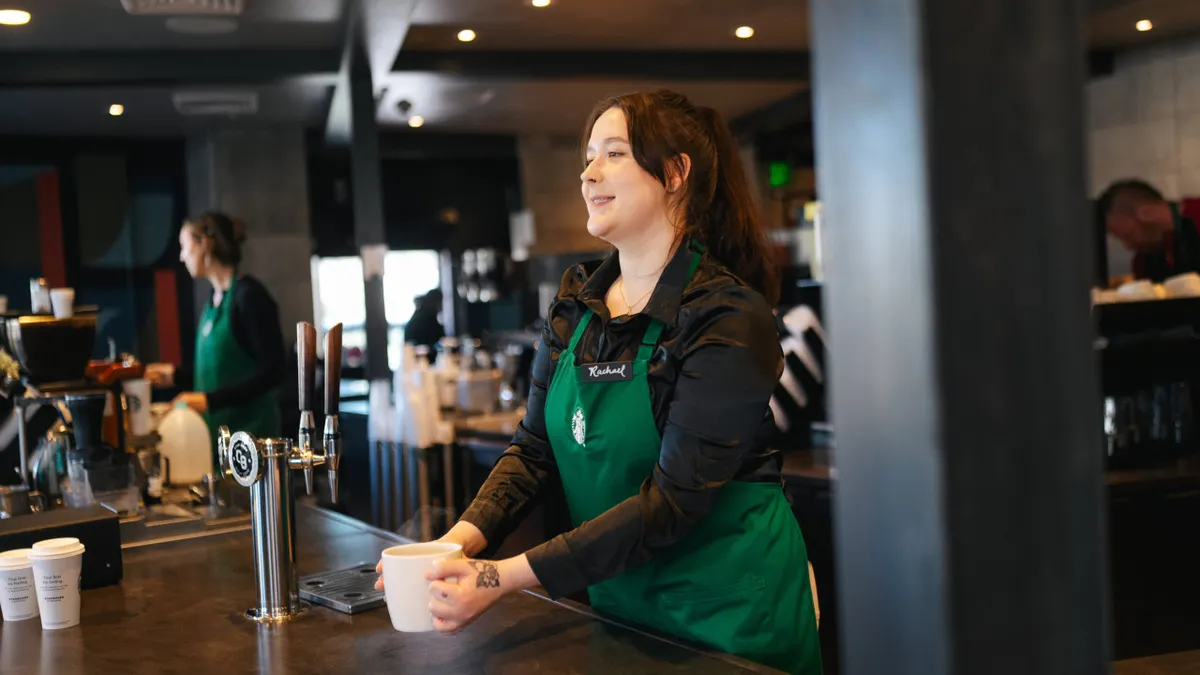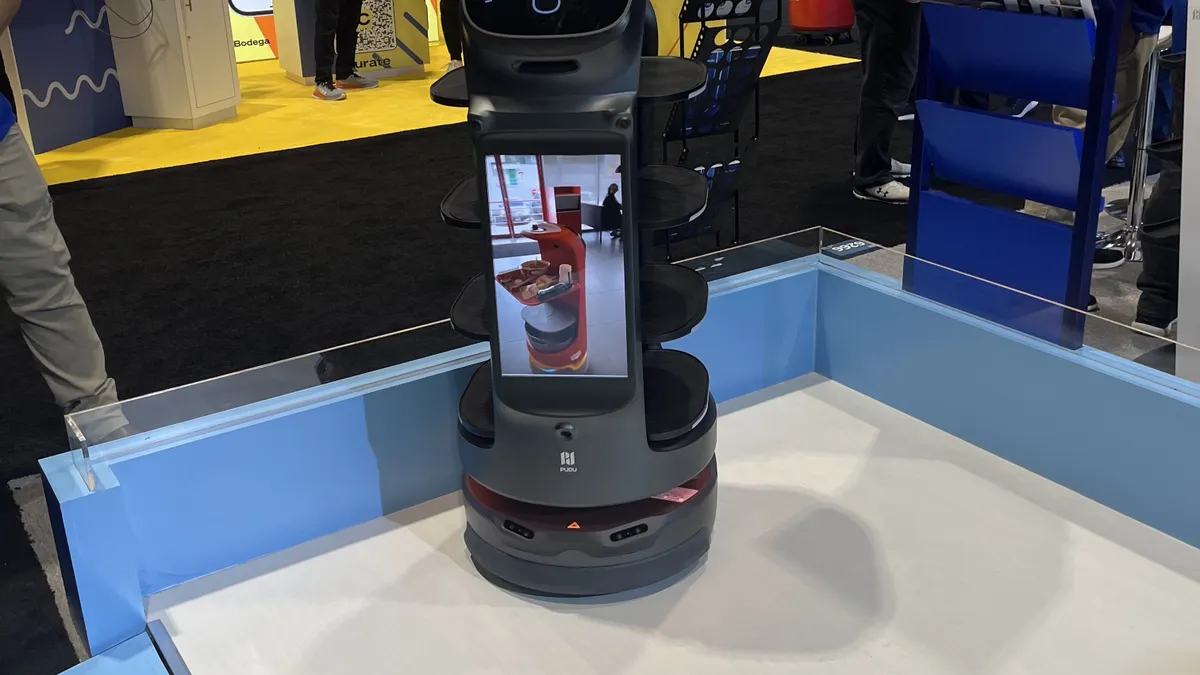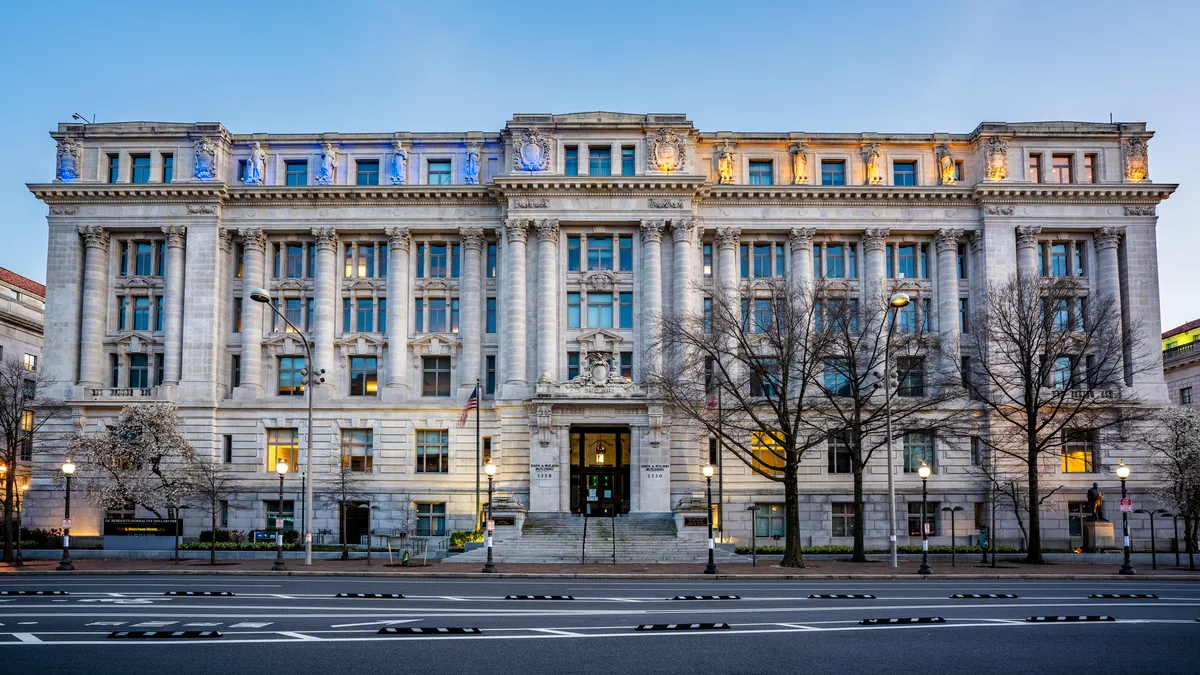On Monday, California set the hourly minimum wage for fast food workers at brands with 60 or more units nationally at $20. Labor advocates say the political battle over fast food is not over, and that chains are exaggerating the level of pricing needed to recoup the expenses of AB 1228.
“Our fight was never just about the raise, but having the power to improve our industry,” said Angelica Hernandez, a Los Angeles McDonald’s worker and member of the Fast Food Council created by AB 1228.
Hernandez, speaking through an interpreter at a press event hosted by the Service Employees International Union and the Roosevelt Institute, a liberal American think tank, said employers are retaliating against supporters of AB 1228.
“I’ve seen my co-workers have hours reduced. I’ve seen my colleagues in the [California Fast Food Workers] Union as well have had some of their hours reduced,” Hernandez said. “It’s not for lack of money. They’re still hiring at the same locations in which they are cutting workers’ hours. And if they can hire new workers that means they can pay us to keep our hours.”
Studies comparing localities where the minimum wage increased with nearby areas where the wage did not increase have generally shown a minimal effect on employment, said Michael Reich, a professor of economics and chair of the Center on Wage and Employment Dynamics at the Institute for Research on Labor and Employment at the University of California at Berkeley.
Even economists critical of the minimum wage hikes, like David Neumark, have found relatively inelastic demand for low wage labor. In an op-ed for The Wall Street Journal on Sunday, which called the wage increase “crazy,” Neumark cited research he conducted in 2000 showing that a 10% wage increase in the minimum wage prompted a 2% decrease in fast food employment.
The increase in California’s fast food wage, Reich argued, may slow turnover in the industry and result in lower recruitment costs and increased productivity due to longer tenure of workers. By one estimate, barely half of QSR workers lasted more than 90 days in their positions in 2022. While turnover in the restaurant industry has fallen modestly since then, it is still much higher than in the overall economy, according to the Bureau of Labor Statistics.
QSR pricing in recent years has eroded the advantage fast food brands have over fast casuals, and consumers are increasingly price sensitive, meaning QSRs may be vulnerable to traffic declines as prices increase. However, given that fast casuals are also included under AB 1228, any advantage they’ve gained from pricing increases at QSRs is likely to be mitigated.
Alí Bustamante, deputy director of the Roosevelt Institute’s worker power and economic security program, argued that major brands can afford to absorb the wage increase without raising prices because overall prices in fast food have outstripped cost increases.
“Prices over the past decade in the fast food industry increased by 46.8% compared to 28.7% overall,” Bustamante said, citing Bureau of Labor Statistics data the Roosevelt Institute collated for a report on the wage’s impact. Markups, a measure of the difference between costs and prices, have risen in the industry as major firms gained more market power, the report states.
Such markups, Bustamante said, have given major firms a buffer that should enable them “to actually absorb higher operating costs... without actually necessitating increase[s] in prices or impacting labor in any negative way.”
The Roosevelt Institute argued that firms have largely shifted these profits to investors, rather than reinvesting in capital or labor, finding that the 10 largest publicly traded fast food companies in the U.S. spent $6.1 billion on stock buybacks in 2023, much higher than the estimated maximum cost of the $20 minimum wage in a single year: $4.6 billion.
Reich said that while the headline number — a 25% jump in the minimum wage for fast food workers — is dramatic, the wage increase is not particularly large. He points to the fact that minimum wage in California increased from $8 at the end of 2013 to $16 this year, representing a 9.1% annual increase during that time period.
Reich said data from previous minimum wage increases indicates labor costs will increase by about one-fifth of the 25% increase to California’s fast food minimum wage, in part because many workers earn more than the new wage. In this instance, Reich said, that would amount go a 5% increase to labor costs. “With labor costs about one-third of operating costs, the operating cost increase and the price increase would be one-third of 5 percent, or less than 2 percent,” Reich wrote in an email to Restaurant Dive.
Correction: A previous version of this article misstated the impact economist Michael Reich expected California's $20 fast food wage to have on labor costs, operating costs and menu pricing. Reich predicts a 5% increase in labor costs and a 2% increase in operating costs, which he says would necessitate a roughly 2% price increase.








